Quick Links
-
The HHR SS – Chevy’s Ultimate Family Ride
- Following The Trend Of Vintage-Themed Automobiles
- Then Chevy Provided It With a No-Lift Shifter
-
However, The Market Responded Indifferently
- Key points regarding the HHR SS
- But In The End, It Was The Market That Decided
-
A Deal Too Good to Miss Today
- Positive News - Costs Have Begun to Decline
-
Conclusion
You might refer to it as the quickest bread delivery van around. However Chevrolet It's an unusual minivan, the nostalgia-inspired model HHR , boasts a hidden ace – the impressively swift SS Turbocharged edition. Driven by General’s 2.0-liter turbocharged inline-four cylinder engine, which was commonly utilized within their fleet during that era, along with enhanced technological features for improved speed and performance on demand, the HHR SS is somewhat of a sleeper, judged by its strange looks alone.
However, largely due to those unusual appearances, the HHR SS failed to sell in large quantities and was taken off the market after just three years. This makes HHR SS models available for purchase at surprisingly low prices nowadays. It’s quite advantageous if you want a touch of power combined with an unconventional vehicle choice.
Due to technical issues, Chevrolet reduced the output for the four-speed automatic versions of the HHR SS. However, this piece primarily concentrates on the five-speed manual variant, equipped with the more potent 2.0-liter turbo engine beneath its hood. Consequently, the performance specifications detailed in the accompanying chart pertain specifically to the manual configuration.
The HHR SS – Chevy’s Ultimate Family Vehicle
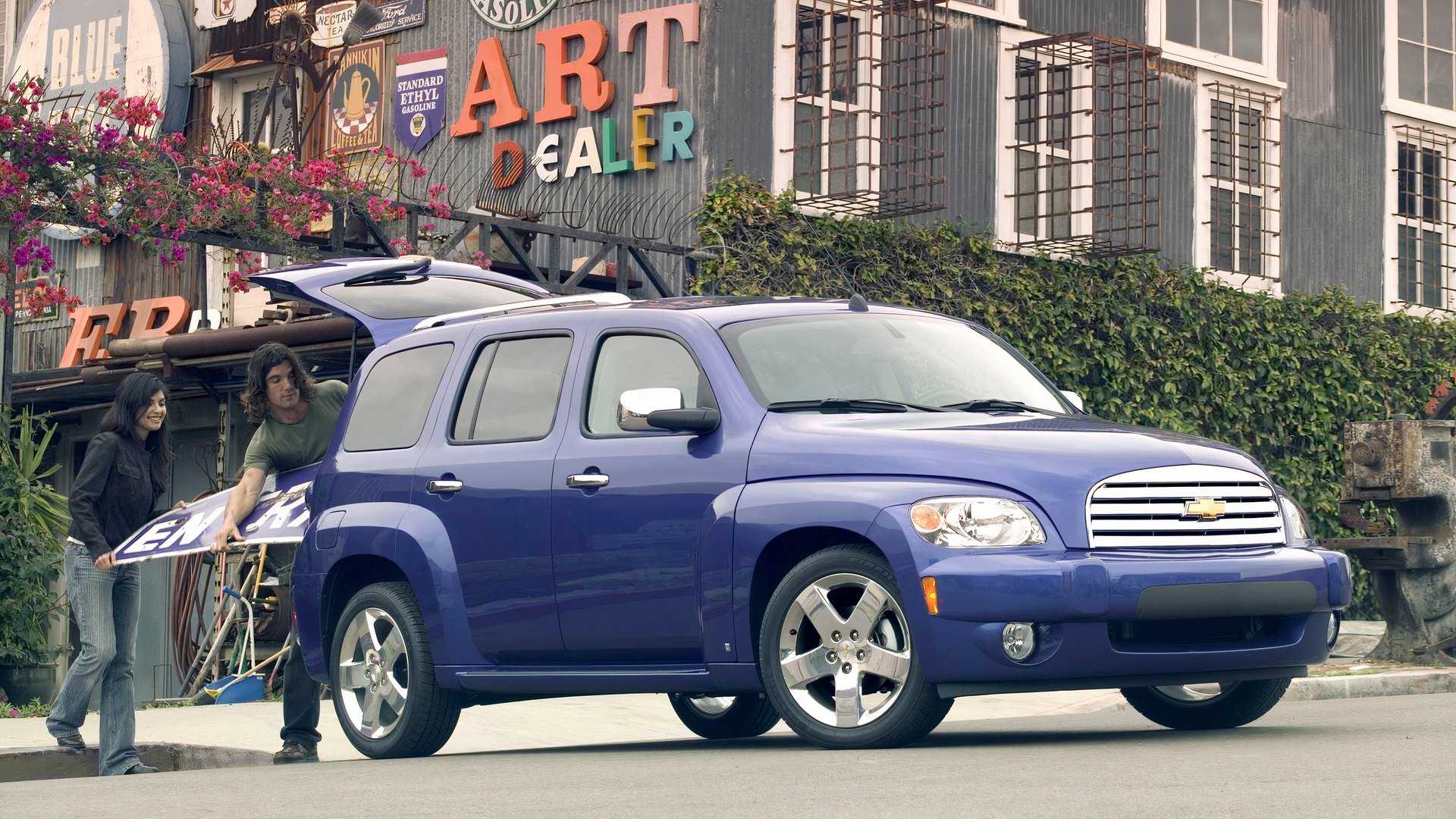
Chevrolet decided to embrace creativity with the HHR, allowing them to explore innovative ideas in the consumer market. This resulted in designing a vehicle reminiscent of a 1940s Chevy Suburban but with a roof as high as the Chrysler Building. Naturally, they also incorporated elements for a sportier appeal. SS moniker On yet another car model, Chevrolet introduced its new box-shaped station wagon called the HHR, standing for Heritage High Roof, encapsulating all these design aspects. This vehicle entered the market in 2005, roughly coinciding with when BMW launched their latest offering. Mini To go to market, and Volkswagen the New Beetle .
The market embraced this fresh wave of retro-styled vehicles, and manufacturers were eager to capitalize on it. However, should the HHR seem reminiscent of something you've seen before, that’s not by accident. Designer Bryan Nesbitt, who previously crafted Chrysler's iconic retro-styled wagon—the PT Cruiser—was also responsible for the design of the HHR. Thus, both models share similar aesthetics. PT Cruiser And the HHR was influenced by the American long-nose design from the post-war car era. Both models also had high-performance variants—the HHR featured the 2.0L SS Turbocharged engine, while the PT Cruiser boasted the 2.4L turbocharged GT version.
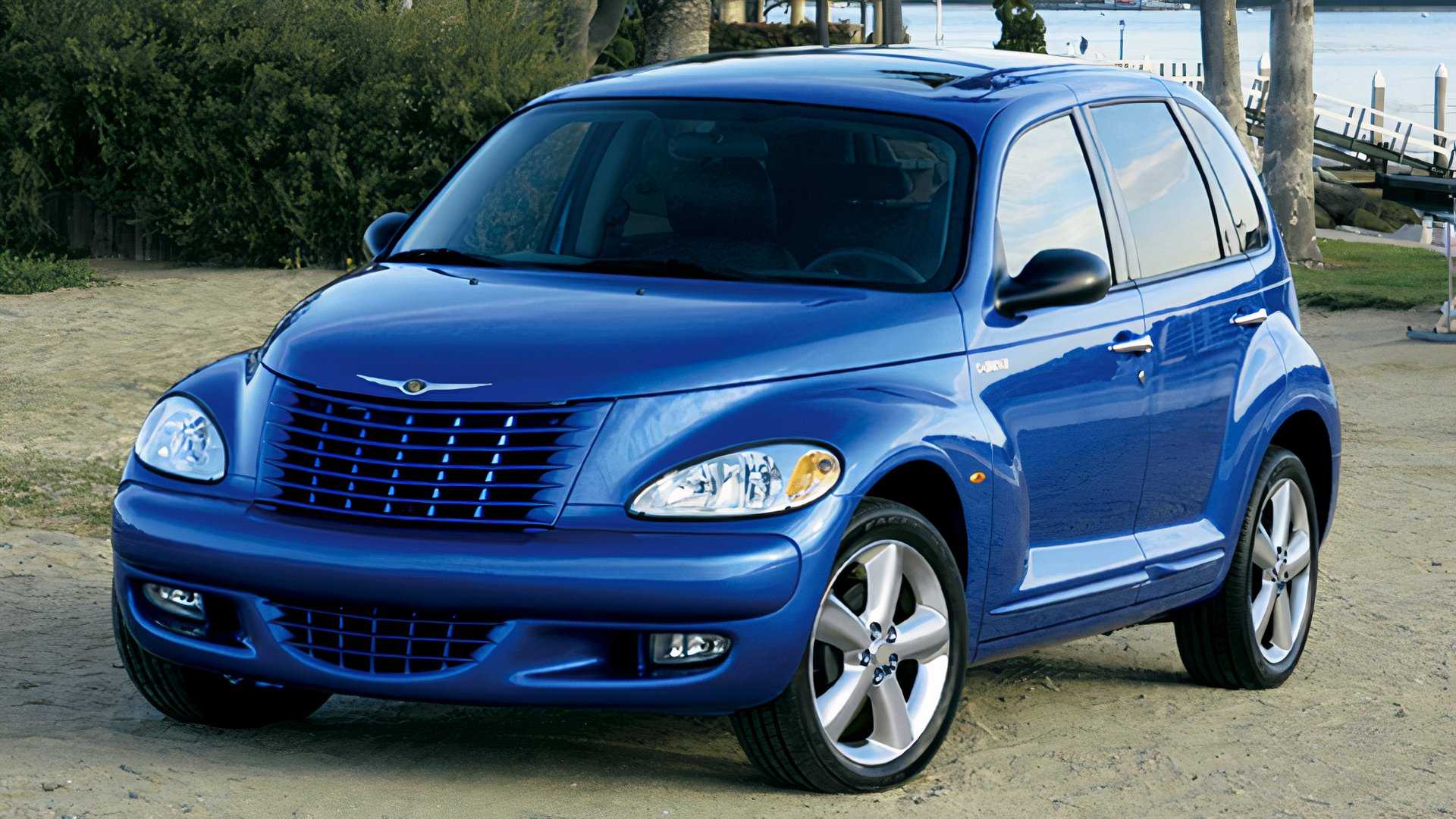
Above: Chrysler PT Cruiser GT
In Line With The Popularity Of Vintage-Inspired Automobiles
As old-school-looking as the HHR was, so modern were its underpinnings. It rode on GM's Delta platform, which it shared with the Pontiac G5 and Saturn In 2006, Chevrolet concluded that a high-performance variant would resonate with consumers. Reflecting retrospectively, this choice may have aligned more closely with prevailing industry trends; major manufacturers such as Volkswagen, BMW, Mercedes-Benz, Opel, and Renault were forming dedicated performance units within their organizations to transform regular models into speed-focused vehicles. Consider examples like Mercedes’ AMG unit, Opel’s OPC branch, and Renault’s Renault Sport department.
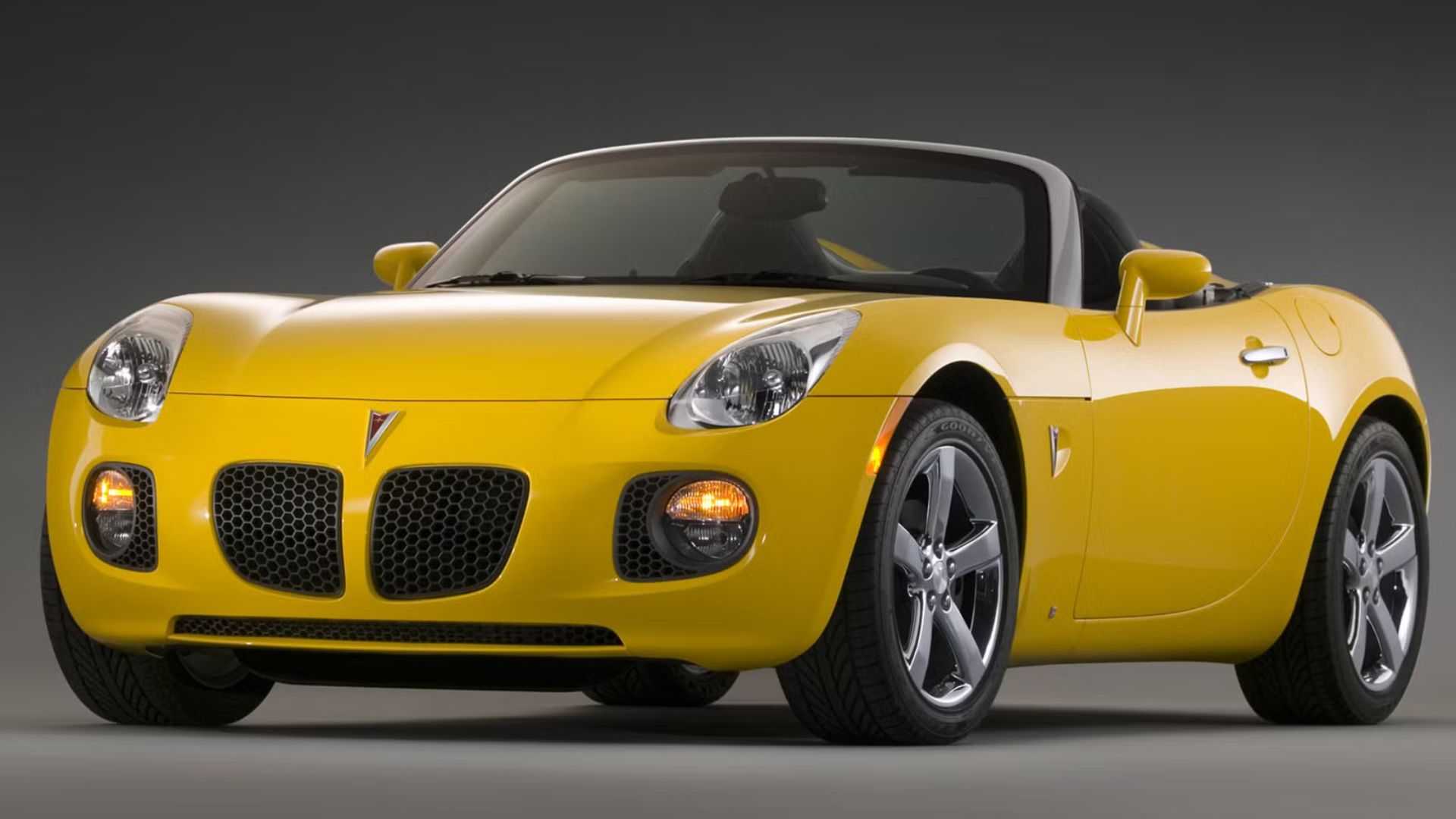
Above: Pontiac Solstice GXP and Saturn Sky Red Line
For Chevrolet, this was achieved through GM's Performance Division . Set to become known as the HHR SS, this high-performance mini-truck was equipped with General Motors' robust 2.0-liter turbo engine also utilized in the Pontiac Solstice GXP and the Saturn Sky Red Line As shown in the table, this featured a genuinely potent variant of the 2.0-liter engine with standard power outputs for the time period. The suspension was hardened, ABS brakes were installed, and additional improvements were made. spoiler Crushed against the back of the rooftop. In addition to larger bumpers at both ends, complete with stylish air vents designed to direct airflow beneath the vehicle for improved aerodynamics, and an assertive design throughout, the SS variant boasted not just the technical prowess to serve as a racing machine but also possessed striking aesthetics to match.
Then Chevy Equipped It With a No-Lift Shifter
Special recognition goes to the engineer who proposed and secured approval for installing the boost gauge, crafted from titanium, on the left A-pillar. Additionally, beneath the surface, there were further innovations. In the five-speed manual transmission model—whereas a four-speed automatic option was also provided—the vehicle featured a short-throw shifter enhanced with a no-lift shifting feature for quicker accelerations.
To put it simply, you could press the accelerator and change gears without needing to lift off or use the clutch. This allowed the engine RPMs to remain elevated, ensuring that the turbo didn’t lose boost pressure. Consequently, you got full power delivery throughout gear shifts during acceleration. When combined with launch control set at 4,100 RPM, the SS model was capable of sprinting from zero to sixty miles per hour in merely 6.3 seconds. That’s quite impressive for a van made twenty years back.
However, The Market Responded Indifferently
Facts about the HHR SS
- The production began in 2008 and concluded in 2010.
- Less than 10,000 produced
- Only 240 panel vans were manufactured.
- It shared its platform with the Pontiac G5 and Saturn Ion.
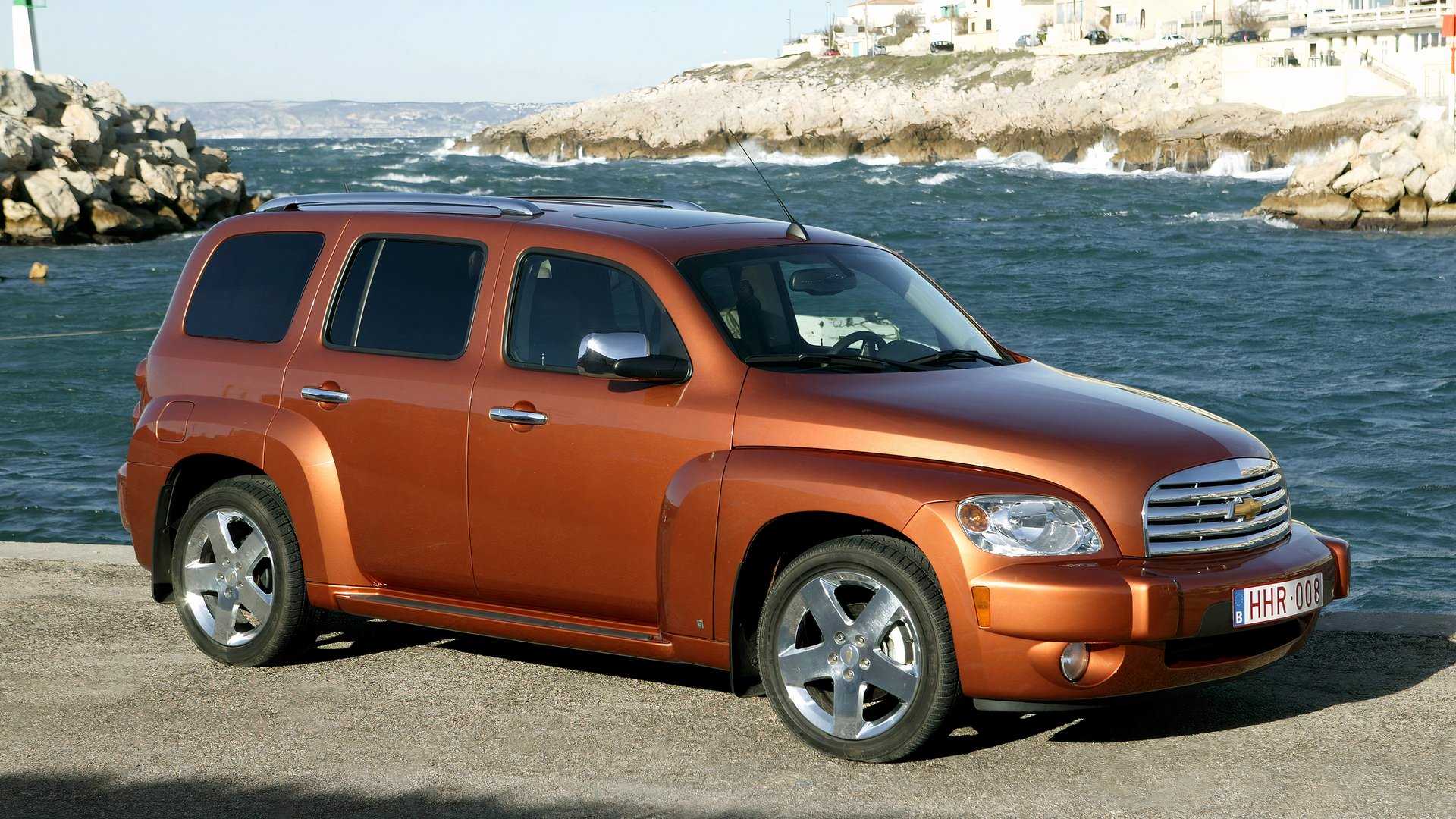
The HHR SS entered the market shortly before the global financial crisis of 2009 struck. This timing did not work in its favor. However, an even more significant reason for its lackluster performance may have been due to the vehicle’s subpar ergonomic design and overall styling. Inside, it reflected typical General Motors craftsmanship from the early 2000s, characterized by extensive use of inexpensive plastics for components such as the dashboard, door panels, and cargo area—materials that were notably rigid and produced a clicking sound when pressed. Adding to these issues, the car had large pillars; particularly noticeable was the wide A-pillar, which obstructed drivers' views at the front three-quarters perspective and also interfered with visibility towards the rear when checking blind spots via the B-pillar.
However, perhaps the most significant drawback against the SS was its purpose. People struggled to understand the concept behind this sporty pickup variant. Was it meant to be a speedy station wagon for a flower shop owner? Or something for suburban families needing swift trips to the store? The situation mirrored that of its European counterpart, the Opel Zafira OPC: essentially an MPV equipped with the same fiery 2.0-liter turbo engine. Adding to the confusion, Chevrolet also released an exceedingly rare panel van variation of the HHR SS.
However, The Markets Ultimately Decided
When the financial crisis struck, GM closed down its Performance Division, leaving models such as the HHR SS without support. The SS model was discontinued in 2010, whereas the Panel Van Was even more uncommon as only the 2009 version made it to market. Although the HHR gained considerable popularity early on, managing to sell around 100,000 units within its initial two years of manufacturing, less than 10,000 SS variants were constructed. This makes it a highly desirable model—especially for those who enjoy discreet performance vehicles housed in a van’s frame.
A Deal Too Good to Miss Today

Starting with a base price of $23,000, the SS model cost an additional $8,000 compared to the basic HHR. However, nowadays you might be able to find one for as low as $7,000. Keep in mind that these vehicles are likely over 15 years old, yet they still deliver notable performance thanks to their 2.0-liter turbo engine. Additionally, features such as launch control and no-lift-shift add to their appeal. limited slip differential At the forefront, the turbo variant demonstrates nearly identical fuel efficiency (24 mpg), which is essentially on par with the naturally aspirated 2.4-liter engine and only marginally less efficient compared to the naturally aspirated 2.2-liter version achieving 25 mpg.
Great News - Costs Have Begun to Decline
Although $7,000 might be uncommon for an SS model, the usual price range observed for the 2010 versions – which marked the final year of production for the SS – generally floats near $12,000, contingent upon the vehicle’s mileage. Common maintenance concerns include servicing the cooling system and replacing the thermostat, along with thoroughly cleaning the throttle body. Beyond these points, the HHR remains a dependable automobile with strong lineage.
Conclusion
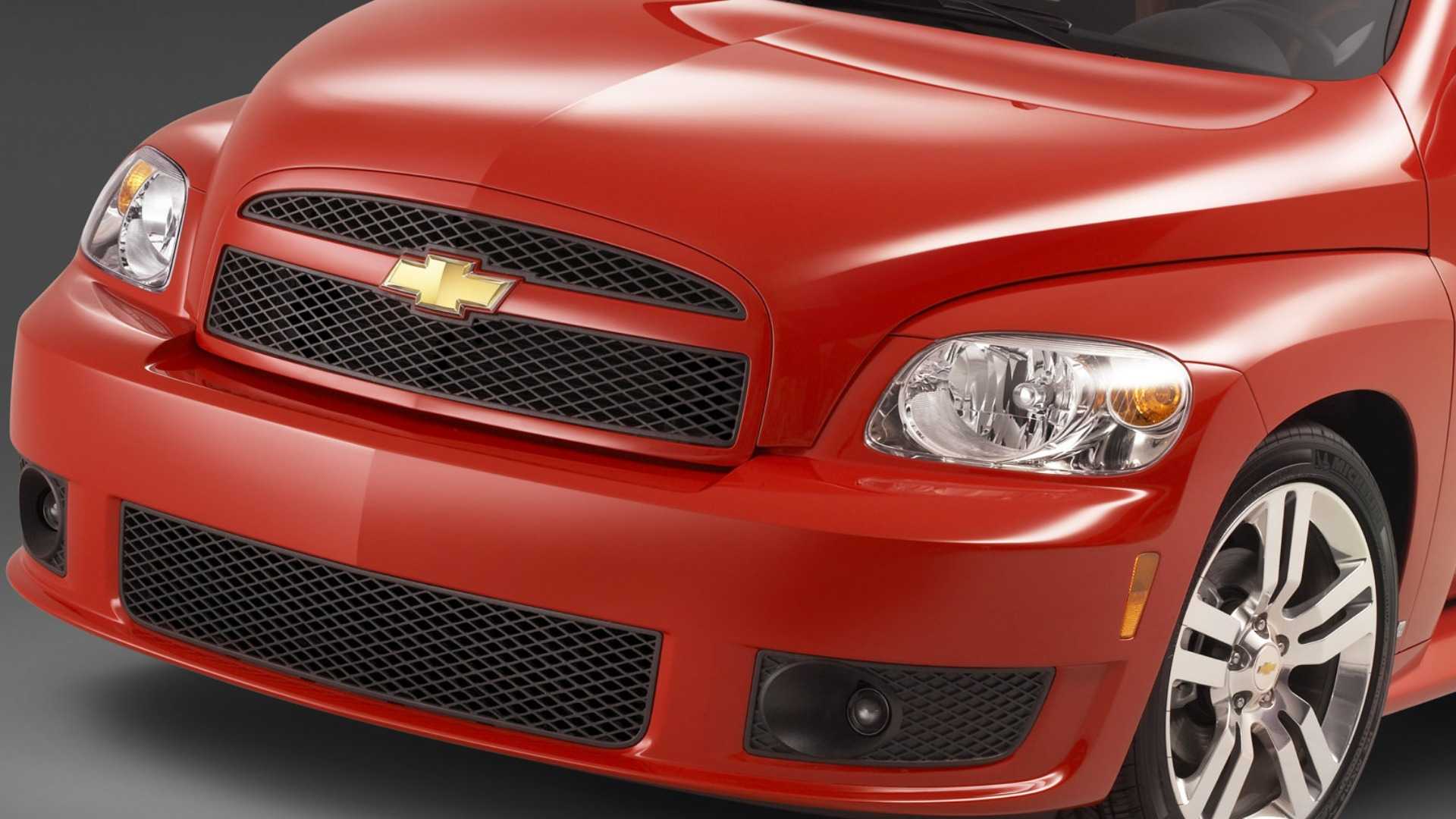
When Chevrolet launched the uniquely styled HHR, they showed great courage. Adding a sportier variant only added to this bold move. Unfortunately, the risk did not pan out, leading to an early cancellation of the project. However, this does not reflect poorly on the capabilities of the SS model. As family vehicles go, it’s quite competent and unassuming. This situation allows enthusiasts to acquire a genuine high-performance station wagon at a relatively low cost. We find this aspect particularly appealing.
Sources: Chevrolet .
